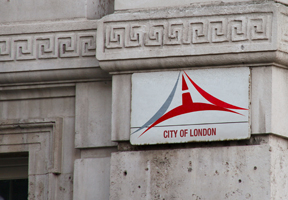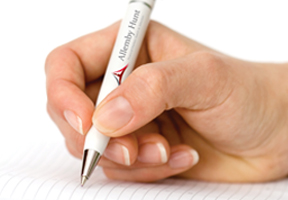How To Write An Eye Catching Job Description
Wednesday, April 13, 2016
1. Relevant Job Title:
The first most important part of the job description is the job title. A proper job title will have the following qualities:
- It reflects its ranking order with other position within the firm
- There are no exaggerations in the job title
- It is an accurate reflection of the job and duties
- There are no age or gender implications
- It matches the main keyword searches for recruitment purposes
- The job title is generic enough for it to be compared to similar jobs in the industry for the purposes of pay and working conditions
- It is not misleading for candidates in any shape or form
For example, Parking Inspectors sometimes get called Council Enforcement Officers. Not only is this slightly misleading but the title "Council Enforcement" gives you no clue of what is being enforced. It is better to be absolutely clear about the job in its title, otherwise you will waste time talking to the wrong applicants.
2. Job Responsibilities
Along with including the duties and associated responsibilities with the job role, you should think about including the time expected to be allocated to each duty.
Percentages can used to represent this (i.e filing 10%, data entry 30%, business development, 40%, direct selling 30%) The actual descriptions of job responsibilities should be no more than three sentences in length and ought to be outcome-based, containing an action, objective and defined purpose. For example, rather than just writing "assembles monthly reports," you should write "assembles monthly reports to allow monitoring of the department's budget."
Aim to keep your list to about 10-15 tasks. The list of duties will vary in length, but it's best to keep them as concise as possible, otherwise you run the risk of making your job description sound like an operational manual.
3. Relationships
You should include reporting lines and working relationships in your job advert. This clarifies the duties of the position by explaining who the applicant reports to or directly manages. Not only is this important in relation to compliance issues, but it also gives the candidate an insight into the hierarchical structure of the company and how their job role fits into it.
It is often a good idea to give an indication of the size of such departments and how often a candidate will be expected to interact with their seniors. Including an organisational chart is an effective way to represent relationships in a job description.
4. Competencies and Skills
These two need to be listed separately from each other as they are two completely separate things. Skills are specific activities the candidate can perform based on the knowledge they have acquired or from particular qualifications they have gained.
On the other hand, competencies are the attributes or traits you expect the applicant to showcase in the job role. For example, giving effective presentations is a skill as it is a skill that can be learned through constant study and practice.
An example of a competency is strong verbal communication, which is an inherent characteristic displayed by a candidate. Behavioural competencies such as teamwork, flexibility, leadership and taking initiative are becoming more commonplace in the modern trend towards competency-based job descriptions.
5. Salary
It is better to work out a salary range to include in your job description (unless an amount has been previously set by a client) that is competitive with similar positions in other companies and allows for differences in experience and education. Obviously, you would need to update this every so often, in line with changing pay scales.
In closing…
Treat your job description as much more than just a laundry list of duties and responsibilities. Make sure your job description is well written and gives the reader a real sense of the priorities involved. It should provide a very clear picture of what the candidate is expected to do and is also a great tool for measuring performance as well as being a vital reference in the event of disputes. Therefore, the more accurate you can make the job description, the more useful it will become in the future as you'll receive the right type of applicants.
Hari Singh, Recruitment Consultant
















